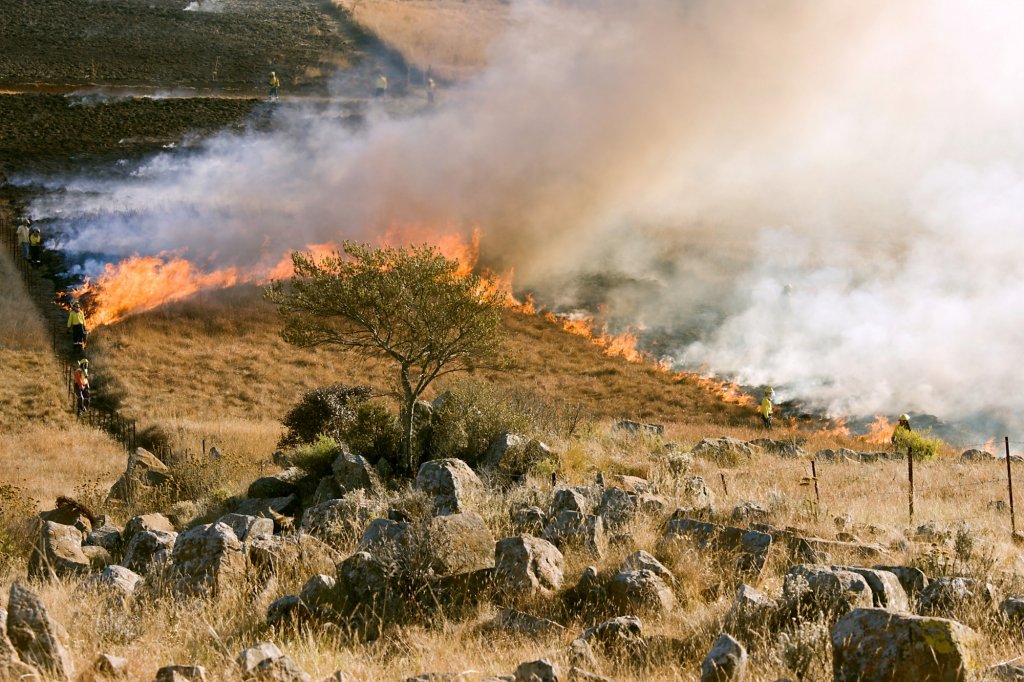Tackling the Challenges of Resiliency

Cities and towns have always been dynamic—populations grow and age, commerce and industry evolve, and the built environment has to change too. Such change has accelerated in the 20th and 21st centuries—technological innovations, the shift from downtown centers to malls and back again, and the COVID-19 pandemic. Good planning empowers communities to adjust to and capitalize on these changes.
Online shopping and services altered the places we shop and this trend was accelerated by the pandemic. Indoor shopping malls were not only eclipsed by internet retailers but the more engaging in-person experience of smaller boutique stores and shopping districts. In places like Laguna Hills, Mountain View, and Westminster, PlaceWorks has assisted communities, businesses, and property owners to reimagine and redevelop malls as pedestrian-oriented mixed-use centers, perhaps focused on an outdoor plaza or town square, with housing, offices, entertainment, and main-street storefront retail.
PlaceWorks has helped other cities rediscover their prewar downtowns. In places like Bellflower and Gilroy, which were historically anchored by a rail depot, the restoration of transit service is a catalyst for reinvestment. Such downtowns have good “bones,” with walkable streets and blocks, and a historic character that establishes a unique sense of place.
PlaceWorks helps find the economic and development potential of aging commercial corridors. Our work for Atascadero’s El Camino Real, Santa Ana’s Harbor Boulevard, and Beach Boulevard identifies mixed-use development opportunities and design concepts to encourage safer pedestrian and bicycle mobility.
Retrofitting the built environment for new economic and social realities also means rethinking how we allocate space on the street for multiple modes of transportation. With our holistic approach to street design, we create beautiful, natural places that fit the community’s vision of itself; deliver state-of-the-art improvements for pedestrian, bicycle, and transit users; and balance the needs of different scales and speeds of movement—from the intensely urban at Oakland’s Lake Merritt to the rural Main Street environment in Murphys and Los Banos.